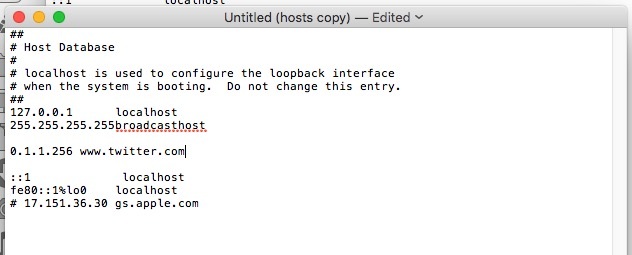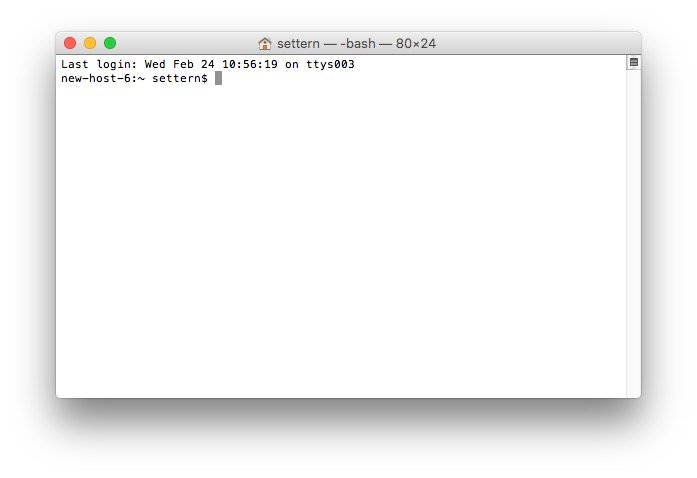Mac Terminal Commands For Opening Text File
To use them in facebook, twitter, textbox or elsewhere just follow the instructions at top. Codes can be used within HTML, Java.etc programming languages. Alt-Codes can be typed on Microsoft Operating Systems: • First make sure that numlock is on, • Then press and hold the ALT key, • While keeping ALT key pressed type the code for the symbol that you want and release the ALT key. Follow us on Miscellaneous Symbols • • • • • • • • • • • • • • • • • • • • • • • • • How to Use Symbols First select the symbol then you can drag&drop or just copy&paste it anywhere you like. Unicode codes can not be typed. Insert circle around text in word 15 for mac 2017.


Another alternative is vim. Vim RESULTS.txt Once you opened a file with vim you can insert text by typing i, for instance. If you want to save your file use:w (write) or:q (quit) or:wq (for write and quit) or:q! (quit and do not save).
Mac Terminal Commands For Usb
When you run a command in a Terminal window, the output of the command is normally printed to the Terminal, or the screen, so you can read it immediately. You can also print the output of a command to a file, if you want to save it. Terminal (officially called Terminal.app) is, strictly speaking, an emulator and works off most typical UNIX commands (OS X is a UNIX-based system, as opposed to Windows, which is NT-based). Unlike OS X, which has a graphical user interface (shortened to GUI), Terminal works off a text-based interface and all commands have to be typed in - this.
Sometimes you need to hit the ESC key to be able to type the commands. Vim requires some learning, but is widely used and it is very versatile. Check the community help wiki: Vim is an advanced text editor that provides the power of the de-facto Unix editor 'Vi' with a more complete feature set. Vim is often called a 'programmer's editor,' and is so useful for programming that many consider it an entire IDE.
It's not just for programmers, though. Vim is perfect for all kinds of text editing, from composing email to editing configuration files. All those are best ways and there is one more way to do this & that’s with head command. Head -n -1 filename.txt and head -n -0 filename.txt both will give you the same input. Head command Explanation: Generally head command used to print the starting lines of the any text file.we can view the text file with head filename.txt That will prints the 1st 10 lines of the above text file.
If you want to specific on the number of lines which are to be view then you can use head as head -n 20 filename.txt Then in the above text file first 20 lines will be viewed. If you want to view whole file data with head means then then we can get it by head -n -0 filename.txt Hope that above explanation will give you some idea on usage of head. Lots of good options provided here already, but another option if you need to edit is emacs: emacs -nw RESULTS.txt might not need the -nw, depending. You may also have to apt-get install emacs23 or apt-get install emacs24, or if you don't have X or don't want related X dependencies, apt-get install emacs23-nox or apt-get install emacs24-nox. And in addition to cat and less as mentioned elsewhere, there is more. More is less, because you see a page at a time and can't scroll via the command itself, but you can scroll with the terminal window, if you have a scrolling terminal window: more RESULTS.txt If you're in bash, you have something similar to cat by doing: while IFS= read a;do echo '$a';done.